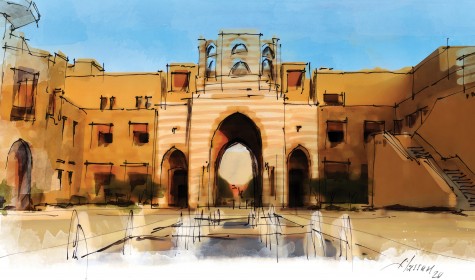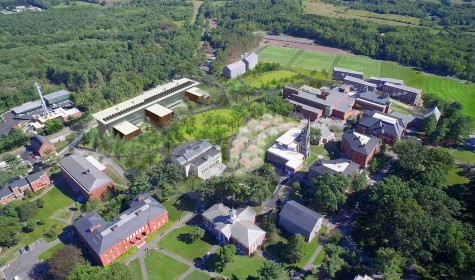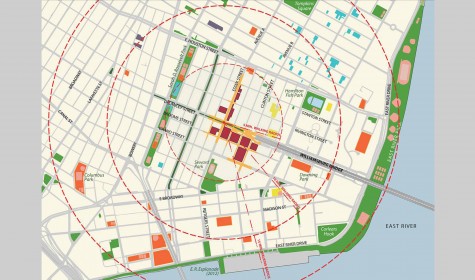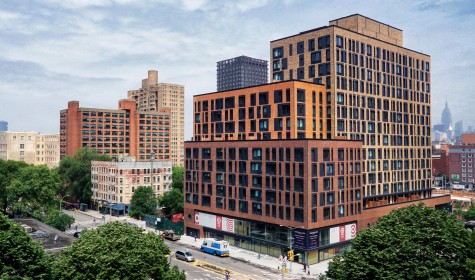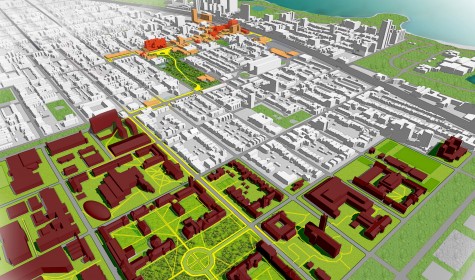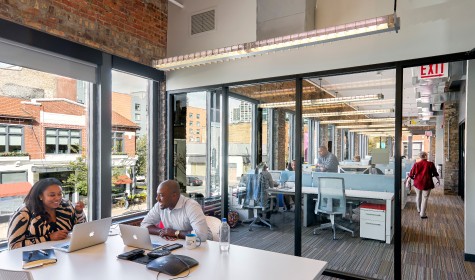Inventing the What, Where, and Why: Strategic Thinking in Design and Planning
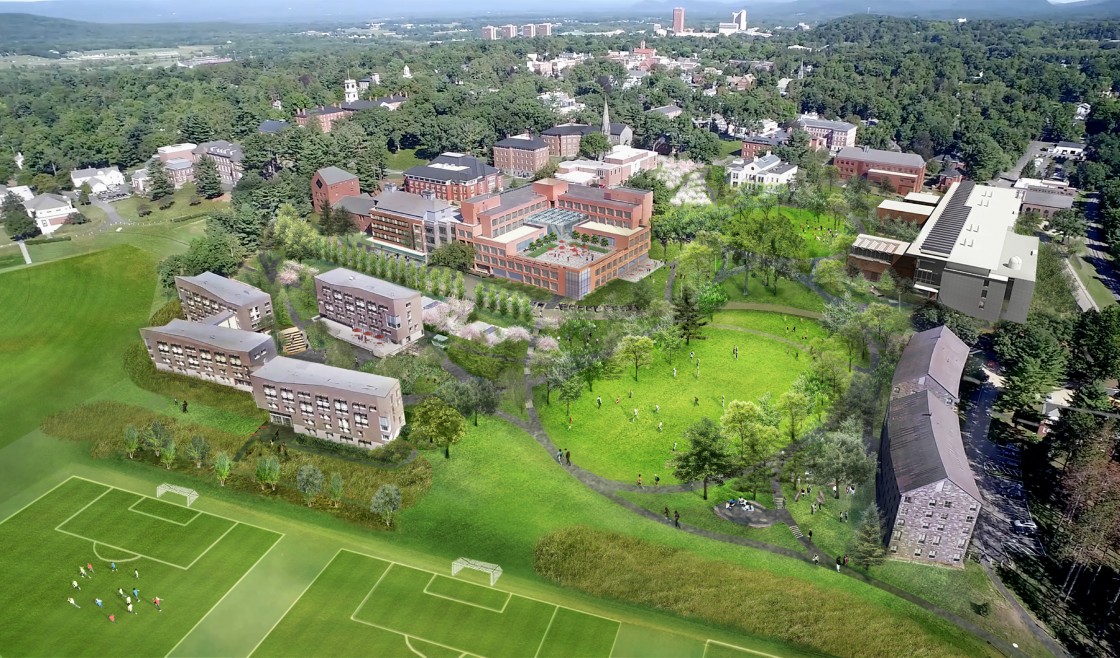
Excerpted from the Spring 2017 AIANYS Quarterly
Should there be a building? What purpose will it serve? How will it advance the vision of an urban or academic community? How will it transform and redefine its context? A traditional design process often begins after these questions have been answered and a site has been selected – yet much of the impact of a new building lies in the essential qualities of what, where, and why.
As architects broaden our view of practice to include expertise in urban design, campus planning, and strategic visioning, we are increasingly able to help institutions and stakeholders answer fundamental questions that will define the very nature of an architectural project.
The “why” of a project is the first and most fundamental question. This thought process requires soul searching and consensus building, and begins long before a building or development is identified as the solution. With the right process, a proposed development can be exactly what is needed for its purpose, complementing existing spaces so a whole campus or neighborhood can thrive. Architects and planners are not always part of these decisions – but we can bring valuable insight to this early stage of strategic visioning, using design to facilitate dialogue. Once a project is conceived, the “what” and the “where” define the terms of its existence. Planners and urban designers can synthesize program needs and “invent” the site – reimagining landscape, public space, and infrastructure to create the possibility of architecture.
Beyer Blinder Belle Architects & Planners (BBB) has embraced an expansive view of the role of the design professional across the arc of a project, building on the firm’s foundational values of community planning, advocacy for public space, and conservation of urban and cultural fabric. A toolkit of innovative modes of engagement and communication helps bring diverse communities into the conversation about design and builds the support crucial to implementing projects that emerge from a plan. By integrating urban design and campus planning within our practice, we support communities and institutions as they make profound decisions about how their physical environment – with its deeply embedded social and cultural meanings – can evolve and change, and about the role of architecture as a part of this transformation.
Continue reading here.
